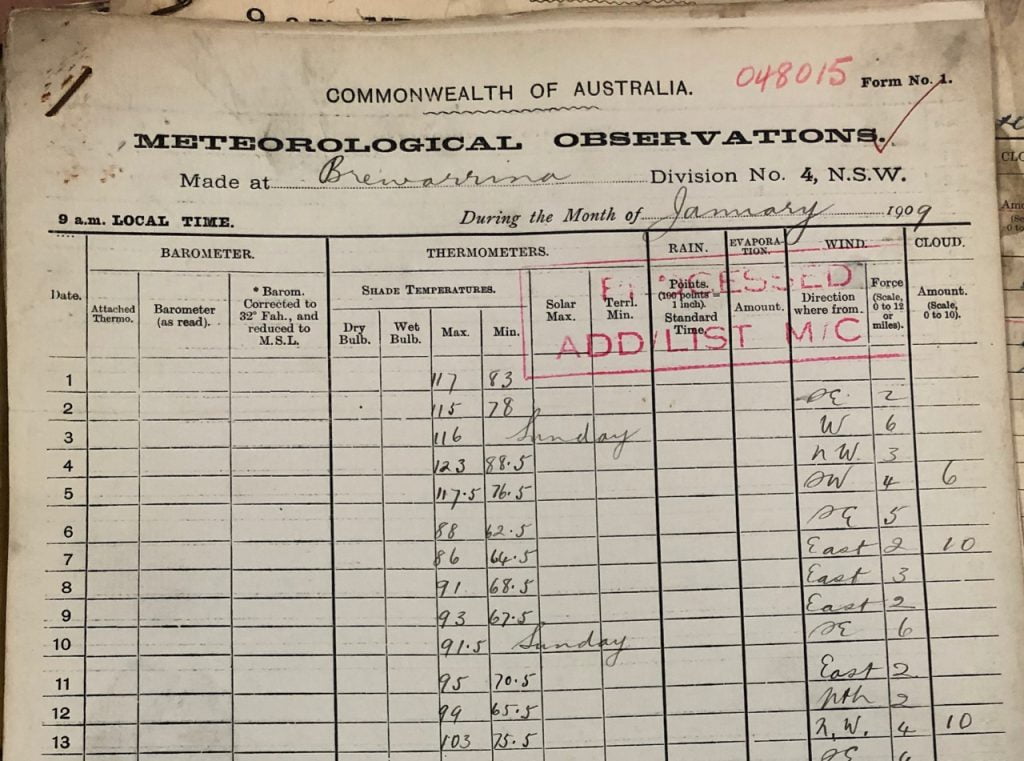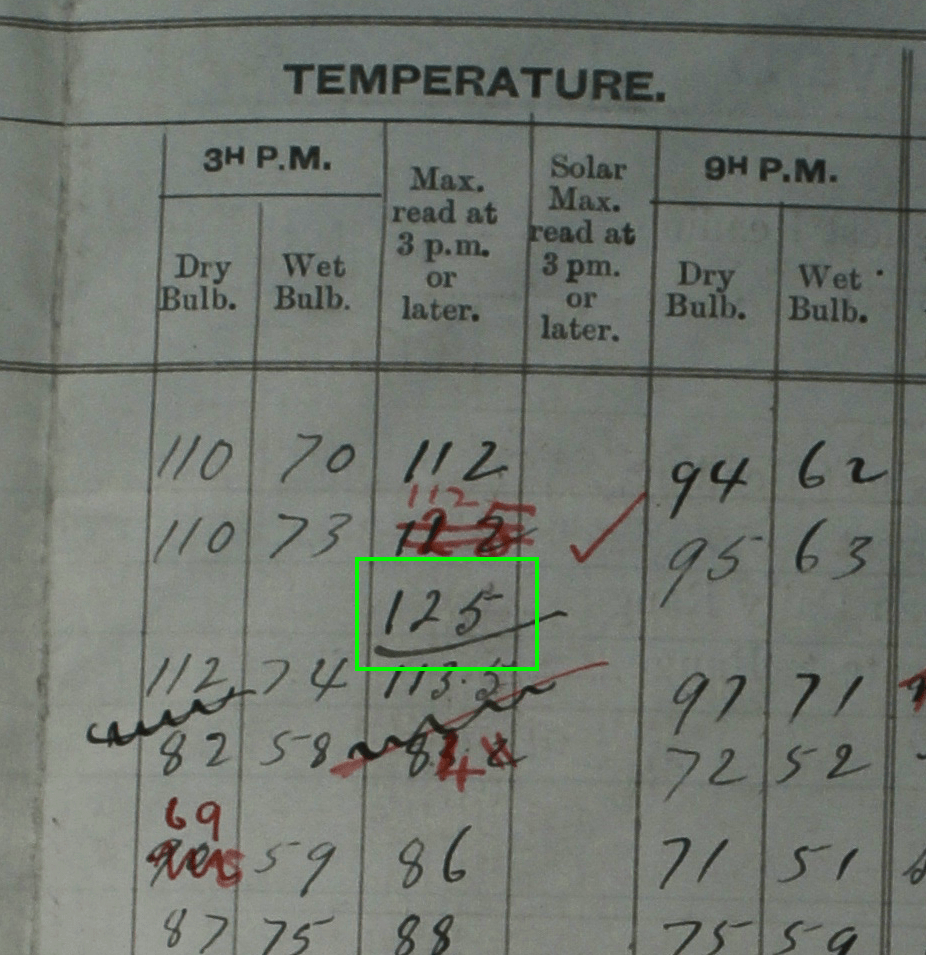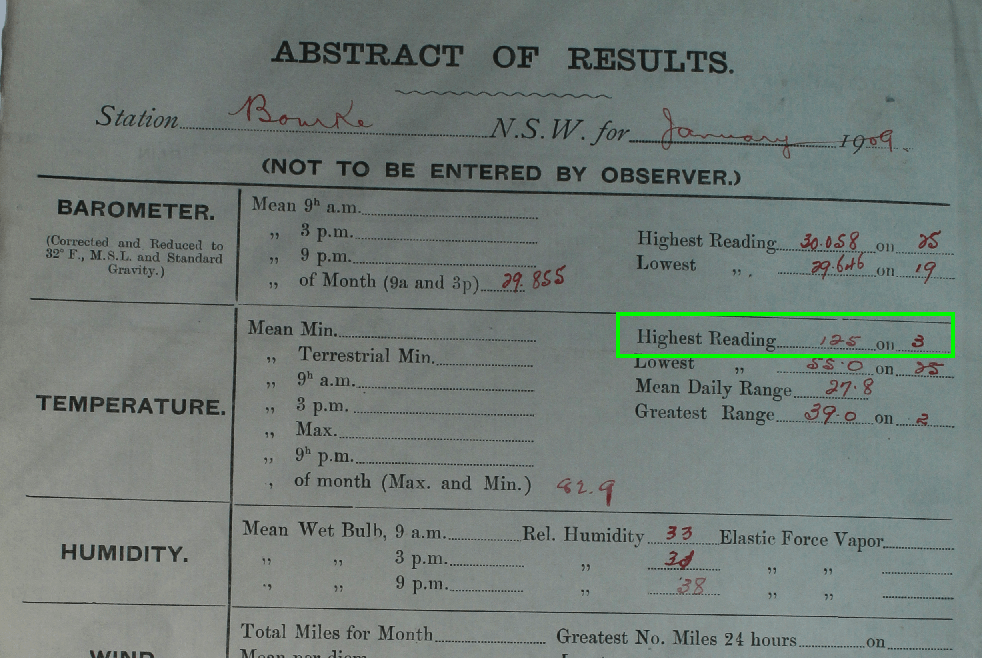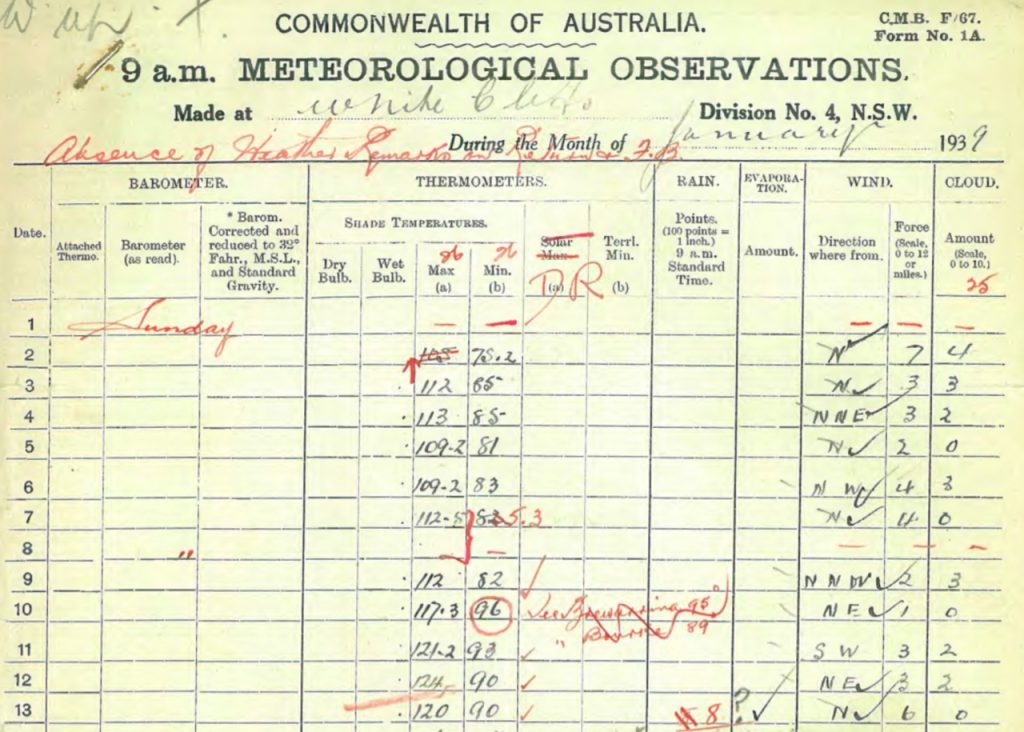Trigger Warning: ridicule of the Australian Bureau of Meteorology below!
The official Australian climate record is developed from ACORN-SAT– the Australian Climate Observation Reporting Network- Surface Air Temperatures. This is relied on by governments and industry and so should be completely trustworthy and free from any problems that might lead to lack of confidence.
The Acorn stations have had their temperature records adjusted to account for any discontinuities or irregularities. This is done by comparing Acorn stations’ data with those from a selection of comparative stations.
The Bureau says:
The process of homogenisation seeks to answer a very simple question: what would Australia’s long-term temperature trend look like if all observations were recorded at the current sites with the current available technology? Homogenisation means we can compare apples with apples when it comes to temperature trends.
One might expect that, with the aim being to “compare apples with apples”, stations used for comparison and making adjustments would be physically not too distant- ideally, neighbouring.
Not so.
For many stations, not even remotely so.
Australia is a very big country with vast areas of sparsely inhabited desert. There are very large distances between towns in the outback, so it is not surprising that it is often difficult to find suitable comparative stations.
But the Acorn Station Catalogue, which has helpful lists of comparative stations used for adjustments, has some absolute doozies. Here are some for your amusement. (Obviously most stations have many comparative sites.)
Carnarvon, in Western Australia, has been adjusted by reference to a number of stations hundreds of kilometers away, including Southern Cross, only 897km away.
Camooweal, Queensland, “ “ “ Thargomindah, 1,067km away.
Boulia, Qld, “ “ “ Walgett, New South Wales, 1,130km
Halls Creek, WA, “ “ “ Boulia, Qld, 1,370km
Tennant Creek, Northern Territory, “ “ “ Charleville, Qld, 1,443km
Mount Gambier, in South Australia, has been adjusted with the help of Lismore in northern New South Wales, 1,526km away. (And it’s not as if there is a shortage of sites in this well populated part of South Australia.)
But the gong, the gold medal, the record breaking achievement for the Bureau, goes to…….
Alice Springs, in the Northern Territory, which has been adjusted using data from Collarenebri in New South Wales, 1,590 kilometres away.
And they want the public to trust them.
























































































